Home>Furniture>Outdoor Furniture>How To Keep Cushions From Sliding On Outdoor Furniture
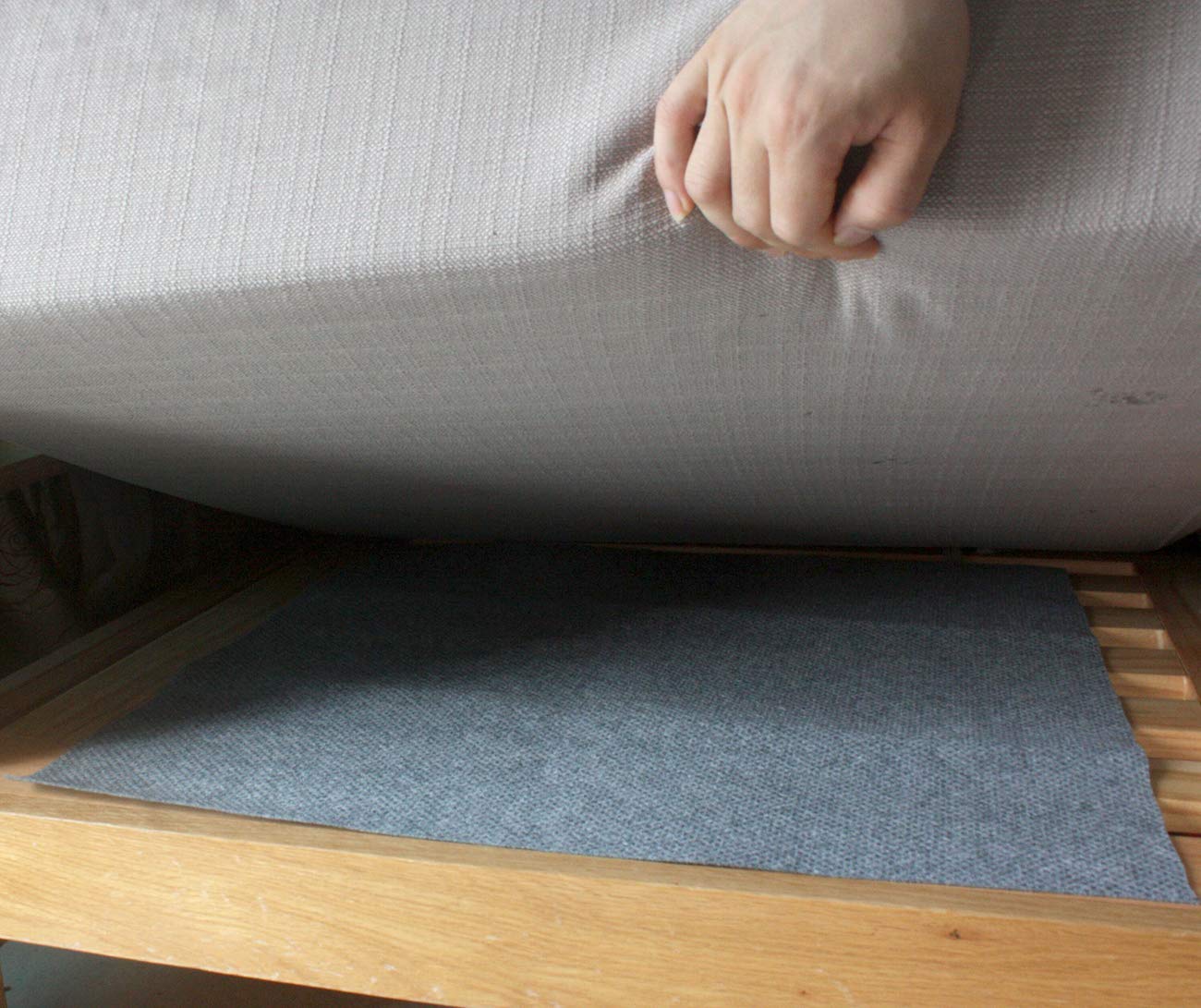

Outdoor Furniture
How To Keep Cushions From Sliding On Outdoor Furniture
Modified: March 16, 2024
Prevent your outdoor furniture cushions from sliding with these simple tips and tricks. Enjoy a comfortable and secure seating arrangement with our easy solutions for outdoor-furniture.
(Many of the links in this article redirect to a specific reviewed product. Your purchase of these products through affiliate links helps to generate commission for Storables.com, at no extra cost. Learn more)
Introduction
Outdoor furniture provides the perfect opportunity to enjoy the beauty of nature while relaxing in the comfort of your own backyard. However, one common annoyance that outdoor furniture owners often face is the issue of cushions sliding out of place. Not only does this inconvenience disrupt the intended comfort and aesthetic appeal of the furniture, but it can also be potentially hazardous.
In this article, we will explore the reasons why cushions slide on outdoor furniture and provide you with practical tips and solutions to prevent this annoyance. By implementing these methods, you can ensure that your outdoor furniture cushions stay in place, providing optimal comfort and enjoyment for you and your guests.
Key Takeaways:
- Say goodbye to sliding cushions on your outdoor furniture! Use Velcro strips, non-slip rubber pads, or tied strings to keep your cushions in place and enjoy a stable seating experience.
- Prevent cushion sliding with DIY gripper grips or anti-slip fabric mats. Enjoy your outdoor furniture without the frustration of constantly readjusting cushions.
Why Cushions Slide on Outdoor Furniture
Understanding why cushions slide on outdoor furniture is the crucial first step to finding a solution. There are several factors that contribute to this common issue:
- Poor friction: Outdoor furniture surfaces, such as metal, plastic, or wood, often lack the necessary friction to hold cushions in place. This slippery surface makes it easier for the cushions to slide out of position.
- Movement: Outdoor furniture is often subjected to movement and shifting, whether it’s due to wind, uneven ground, or simply people sitting down or getting up. This constant movement can cause cushions to shift and slide.
- Misfit cushion sizes: Ill-fitting or improperly sized cushions can contribute to sliding. If the cushions are too small for the furniture or not secured properly, they are more likely to move around.
- Lack of anchoring mechanisms: Many outdoor furniture designs lack built-in features to hold cushions in place. Without proper anchoring mechanisms, cushions are more prone to sliding off.
Now that we have identified the reasons why cushions slide on outdoor furniture, let’s move on to explore some effective methods to prevent this issue and keep your cushions where they belong.
Factors That Contribute to Cushion Sliding
When it comes to understanding why cushions slide on outdoor furniture, there are several key factors to consider. By recognizing these factors, you can better address the issue and find suitable solutions:
- Cushion Material: The material of the cushion itself can play a role in its tendency to slide. Smooth fabrics or materials with low friction, such as silk or polyester, are more likely to cause cushions to move out of position.
- Furniture Surface: The type of surface on your outdoor furniture can significantly impact cushion sliding. Smooth or slippery surfaces, like metal or plastic, lack the necessary grip to hold cushions firmly in place.
- Weather Conditions: Unpredictable weather patterns, such as wind or rain, can make cushions more prone to sliding. Strong gusts of wind can easily displace cushions, and damp conditions can reduce friction between the cushion and the furniture surface.
- Usage Frequency: The more frequently outdoor furniture is used, the higher the chances of cushion sliding. Regular sitting, getting up, and moving around can gradually shift the position of the cushions over time.
- Incorrect Cushion Size: Using cushions that are too small for the furniture or not properly fitted can contribute to sliding. It’s essential to ensure that your cushions are the correct size and shape for a secure fit.
By taking these factors into account, you can address the underlying causes of cushion sliding and apply targeted solutions for a more stable and comfortable outdoor seating experience.
Common Methods to Prevent Cushion Sliding
Fortunately, there are several effective methods to prevent cushion sliding on outdoor furniture. These methods can help to keep your cushions securely in place, ensuring optimal comfort and stability. Let’s explore some of the most commonly used techniques:
- Using Velcro Strips: Velcro strips are a popular solution for securing cushions to outdoor furniture. Attach one side of the Velcro strip to the cushion and the other side to the furniture’s surface. When pressed together, the Velcro creates a strong bond, preventing cushions from sliding.
- Using Non-Slip Rubber Pads: Non-slip rubber pads can be placed between the cushion and the furniture’s surface. These pads provide additional grip, reducing the chances of the cushion sliding out of place.
- Tying Cushions with Strings or Ribbons: Another simple yet effective method is tying the cushions to the furniture frame using strings or ribbons. This helps secure the cushions in position and prevents them from shifting.
- Using Anti-Slip Fabric Mats: Anti-slip fabric mats or liners can be placed between the cushion and the furniture surface. These mats help to create friction and prevent sliding, adding stability to your outdoor seating.
- Applying Silicone or Grip Enhancing Products: In some cases, applying a thin layer of silicone or a grip-enhancing product on the furniture surface can improve the cushion’s grip and reduce sliding.
- Creating DIY Gripper Grips: If you enjoy DIY projects, you can make your own gripper grips using materials like foam or rubber. Attach these grips to the bottom of the cushions to create additional friction and prevent movement.
Each of these methods offers a viable solution to keep your cushions from sliding on outdoor furniture. Consider the specific needs and characteristics of your furniture to choose the most suitable method for your situation.
Using Velcro Strips
One popular and effective method for preventing cushion sliding on outdoor furniture is by using Velcro strips. Velcro strips provide a strong and secure attachment between the cushion and the furniture, ensuring that it stays in place even during windy conditions or frequent use.
To use Velcro strips, follow these steps:
- Prepare the Surface: Clean the surface of your outdoor furniture to ensure it is free from dust, dirt, and debris. This will help create a better bond when applying the Velcro.
- Attach Velcro to the Cushion: Cut small strips of Velcro and attach one side to the bottom of the cushion. Make sure to secure it firmly so that it won’t come off easily.
- Attach Velcro to the Furniture: Attach the corresponding side of the Velcro to the intended location on the furniture’s surface. Ensure that the Velcro aligns with the position of the cushion when placed on the furniture.
- Press and Secure: Gently press the cushion onto the Velcro strip on the furniture’s surface, ensuring a tight fit. Take your time to align the cushion correctly and press firmly to create a strong bond.
- Test Stability: Once the Velcro is attached, test the stability of the cushion by sitting on it and applying some pressure. Make any necessary adjustments to ensure a secure fit.
Velcro strips offer the advantage of easy installation and versatility. They come in various sizes and adhesive strengths, allowing you to choose the most suitable option for your specific outdoor furniture and cushion materials. Remember to clean and reattach the Velcro periodically to maintain its effectiveness.
Using Velcro strips is a practical and reliable method for keeping cushions from sliding on outdoor furniture. With this technique, you can enjoy stability and comfort every time you use your outdoor seating area.
Using Non-Slip Rubber Pads
Another effective method to prevent cushion sliding on outdoor furniture is by using non-slip rubber pads. These pads create an additional layer of friction between the cushion and the furniture surface, ensuring a secure and stable seating experience.
Follow these steps to use non-slip rubber pads:
- Choose the Right Pads: Select non-slip rubber pads that are suitable for outdoor use and appropriate for the size and weight of your cushions. Look for pads with a strong adhesive backing to ensure they stay in place.
- Clean the Surface: Before applying the pads, make sure the surface of your outdoor furniture is clean and free from dirt, dust, and any other debris that could affect adhesion.
- Cut and Place: Cut the rubber pads into appropriately-sized pieces and place them strategically on the furniture surface. Focus on areas where the cushions come into contact with the furniture, such as the seat or backrest.
- Press and Secure: Gently press down on the rubber pads to ensure they adhere firmly to the furniture surface. Apply pressure evenly across the entire pad to create a strong bond.
- Test Stability: Place the cushions back on the furniture and test their stability. Sit on the cushions and move around to ensure that they stay in place without sliding or shifting.
Non-slip rubber pads are versatile and can be used on various types of outdoor furniture surfaces, including metal, plastic, or wood. These pads are durable and provide reliable traction, keeping your cushions securely in place. Additionally, they are easy to remove and replace when needed.
By using non-slip rubber pads, you can enhance the stability and comfort of your outdoor furniture seating, eliminating the frustration of sliding cushions and ensuring a safe and enjoyable experience for you and your guests.
To keep cushions from sliding on outdoor furniture, use non-slip rug pads or Velcro strips underneath the cushions to secure them in place. This will prevent them from shifting or sliding when you sit or move on the furniture.
Tying Cushions with Strings or Ribbons
If you’re looking for a simple yet effective method to prevent cushion sliding on outdoor furniture, tying cushions with strings or ribbons is a practical solution. This method allows you to secure the cushions tightly to the furniture, ensuring they stay in place even during windy or active conditions.
Follow these steps to tie cushions with strings or ribbons:
- Choose the Appropriate Material: Select durable and weather-resistant strings or ribbons that can withstand outdoor conditions. Avoid materials that may fray or deteriorate over time.
- Position the Cushion: Place the cushion in the desired position on the furniture, ensuring it is aligned and centered.
- Attach the String or Ribbon: Take one end of the string or ribbon and securely tie it to a point on the furniture, such as a frame or armrest. Repeat this step for the opposite side of the cushion.
- Adjust and Secure: Adjust the tension of the strings or ribbons, ensuring they are tight enough to hold the cushion securely but not too tight that it affects comfort. Double-knot or tie a bow to secure the ends in place.
- Repeat for Additional Cushions: If you have multiple cushions on the furniture, repeat the process for each cushion, ensuring they are all tied down securely.
Tying cushions with strings or ribbons offers the advantage of flexibility and adjustability. You can easily loosen or tighten the ties to accommodate different seating arrangements or preferences. Additionally, this method is cost-effective and requires minimal materials.
Remember to regularly check and retie the strings or ribbons as needed, especially after heavy usage or extreme weather conditions. By properly securing your cushions, you can ensure a stable and comfortable seating experience, free from the annoyance of sliding cushions.
Using Anti-Slip Fabric Mats
To prevent cushion sliding on outdoor furniture, using anti-slip fabric mats is an effective and hassle-free method. These mats provide an extra layer of friction between the cushion and the furniture surface, keeping the cushions in place even during movement or changing weather conditions.
Here’s how you can use anti-slip fabric mats:
- Select Suitable Mats: Choose anti-slip fabric mats that are specifically designed for outdoor use. Look for mats that are durable, weather-resistant, and have a non-slip surface.
- Clean the Surface: Before applying the mats, ensure that the furniture surface is clean and free from any dirt or debris. This will help the mats adhere better and provide a more secure grip.
- Measure and Cut: Measure the dimensions of the cushion seating area and cut the anti-slip fabric mats accordingly. Make sure the mats are slightly smaller than the cushions, allowing for a neat and secure fit.
- Place the Mats: Position the mats on the furniture surface where the cushions will sit. Ensure that they align with the seating area and cover the necessary surface area to prevent any sliding.
- Secure the Cushions: Once the mats are in place, place the cushions on top. The anti-slip fabric mats will provide a grippy surface, preventing the cushions from shifting or sliding.
Using anti-slip fabric mats is a versatile solution that works well on a variety of outdoor furniture surfaces, such as wood, plastic, or metal. These mats are reusable, easy to clean, and can withstand outdoor conditions.
Remember to periodically clean the mats and the furniture surface to maintain their effectiveness. Additionally, check the mats for any signs of wear and tear and replace them as needed to ensure optimal grip and stability.
By using anti-slip fabric mats, you can enjoy a worry-free outdoor seating experience with cushions that stay in place, allowing you to relax and entertain in comfort.
Applying Silicone or Grip Enhancing Products
Applying silicone or grip-enhancing products is a practical solution to prevent cushion sliding on outdoor furniture. These products create a tacky or sticky surface, increasing the grip between the cushion and the furniture. This helps to keep the cushions securely in place, even during movement or windy conditions.
Follow these steps to apply silicone or grip-enhancing products:
- Choose the Right Product: Look for silicone or grip-enhancing products that are designed for use on outdoor furniture. Check the label to ensure that the product is suitable for the material of your furniture.
- Clean and Dry the Surface: Before applying the product, thoroughly clean the furniture surface and ensure it is completely dry. This will help the product adhere better and provide a more effective grip.
- Apply the Product: Following the instructions on the product, apply a thin and even layer of silicone or grip-enhancing product to the areas where the cushions will rest. Use a brush or sponge to apply the product, ensuring it covers the surface evenly.
- Allow Time to Dry: Give the product sufficient time to dry and set according to the manufacturer’s instructions. This will ensure that it forms a tacky surface that improves cushion grip.
- Place the Cushions: Once the product has dried, place the cushions on the furniture surface. The tacky surface created by the silicone or grip-enhancing product will help hold the cushions in place and prevent sliding.
It’s important to note that some grip-enhancing products may leave a residue on the furniture surface. Before applying, test the product on a small, inconspicuous area to ensure it doesn’t cause any damage or discoloration.
Regularly inspect the applied product and reapply as needed, especially after heavy usage or exposure to weather elements. By using silicone or grip-enhancing products, you can enhance the grip and stability of your cushions, ensuring a comfortable and secure seating experience.
Read more: How To Prevent Cushions From Sliding
Creating DIY Gripper Grips
If you enjoy DIY projects, creating your own gripper grips is a fun and creative way to prevent cushion sliding on outdoor furniture. DIY gripper grips can be made using various materials, such as foam or rubber, and offer a customizable solution to keep your cushions securely in place.
Here’s a simple method to create DIY gripper grips:
- Gather Your Materials: Collect materials like foam or rubber sheets, scissors, adhesive, and a marker.
- Measure and Cut: Measure the size and shape of the bottom of your cushions, and transfer the dimensions onto the foam or rubber sheet. Use scissors or a craft knife to carefully cut out the gripper grip shapes.
- Apply Adhesive: Apply a strong adhesive or double-sided tape to one side of the gripper grip. Make sure to cover the entire surface to ensure a firm grip.
- Position the Gripper Grips: Peel off the backing of the adhesive, and carefully position the gripper grips on the furniture surface where the cushions will rest. Press down firmly to ensure they adhere securely.
- Test Stability: Place the cushions on top of the gripper grips and test their stability by sitting on the cushions and applying light pressure. Adjust the positioning of the gripper grips if necessary.
DIY gripper grips offer the advantage of customization, allowing you to create grips that perfectly fit your specific cushions and furniture. You can also experiment with different materials and colors to match your outdoor décor.
Regularly check the gripper grips for any signs of wear and tear and replace them as needed. Additionally, clean the grips and the furniture surface periodically to maintain their effectiveness.
By creating your own gripper grips, you can add a personal touch while ensuring that your cushions stay securely in place, providing you and your guests with a comfortable and stable seating experience.
Conclusion
Preventing cushion sliding on outdoor furniture is essential for ensuring a comfortable and stable seating experience. Sliding cushions not only disrupt the intended comfort and aesthetic appeal of your furniture but can also pose potential safety hazards.
In this article, we have explored several common and effective methods to keep your cushions from sliding on outdoor furniture. Whether you choose to use Velcro strips, non-slip rubber pads, tied strings or ribbons, anti-slip fabric mats, silicone or grip-enhancing products, or DIY gripper grips, each method offers a practical solution to address this annoyance.
Remember to consider the specific factors that contribute to cushion sliding, such as poor friction, movement, cushion size, and lack of anchoring mechanisms. By understanding these factors, you can choose the most suitable method for your outdoor furniture.
Implementing these prevention methods will not only enhance the stability and comfort of your outdoor seating but also prolong the lifespan of your cushions by reducing wear and tear. It’s important to periodically inspect and maintain the chosen prevention method to ensure its effectiveness.
Finally, don’t forget to enjoy your outdoor furniture to the fullest. With the cushions securely in place, you can relax, entertain, and soak in the beauty of nature, knowing that you have taken the necessary steps to prevent cushion sliding.
By following these tips and utilizing the various prevention methods discussed, you can create a comfortable and inviting outdoor seating area that allows you to fully enjoy your time outdoors without the frustration of constantly readjusting sliding cushions.
Frequently Asked Questions about How To Keep Cushions From Sliding On Outdoor Furniture
Was this page helpful?
At Storables.com, we guarantee accurate and reliable information. Our content, validated by Expert Board Contributors, is crafted following stringent Editorial Policies. We're committed to providing you with well-researched, expert-backed insights for all your informational needs.
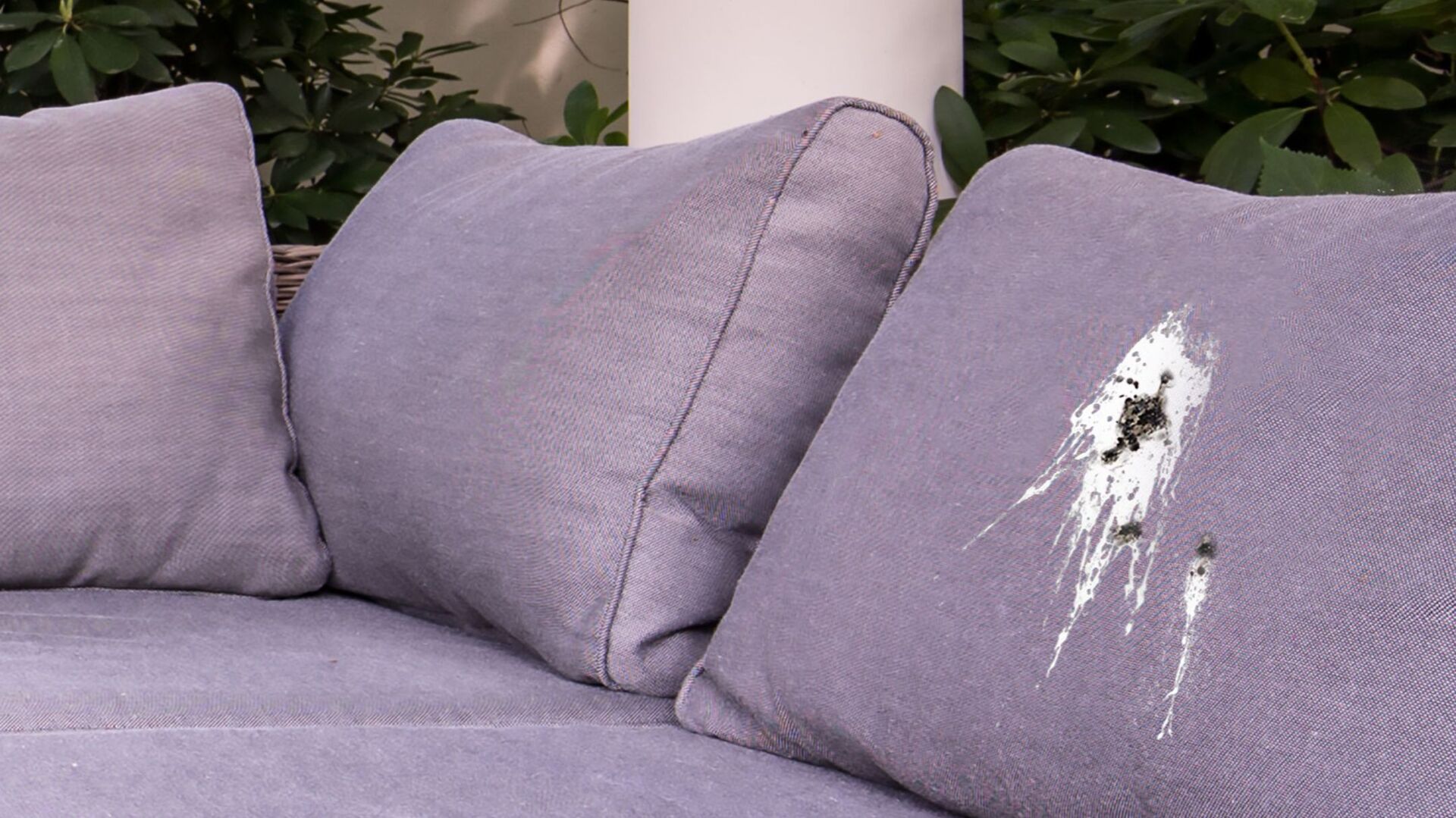
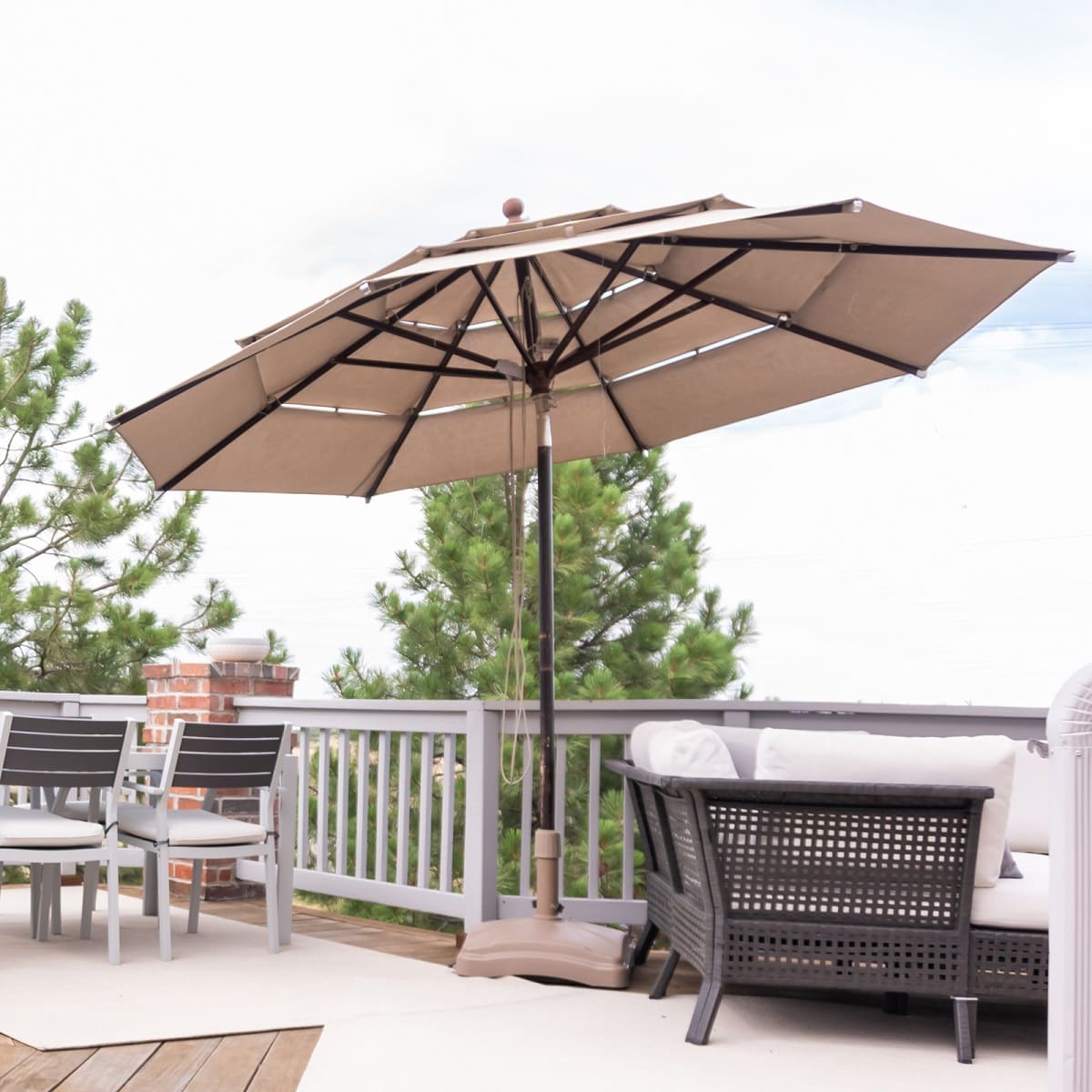

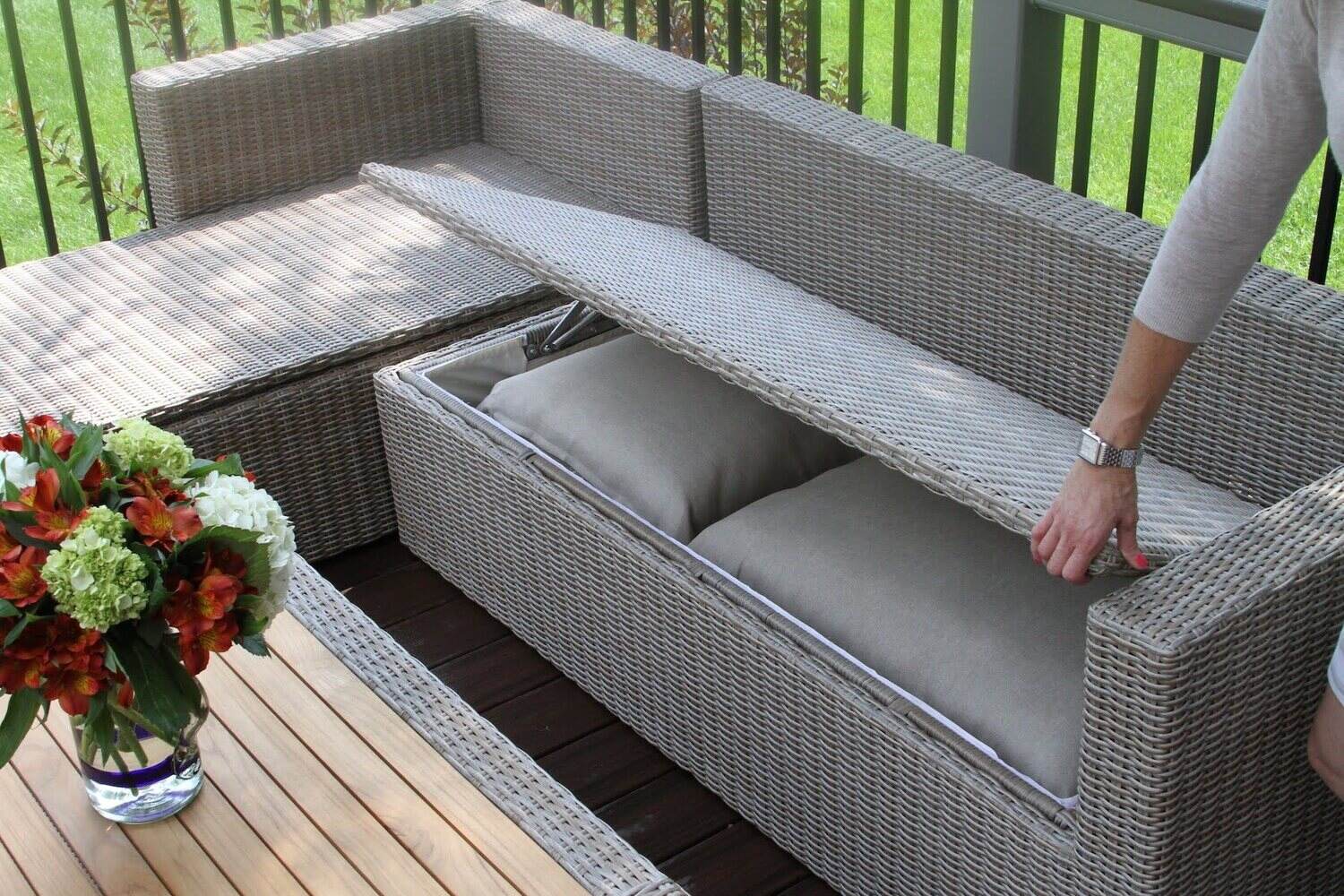
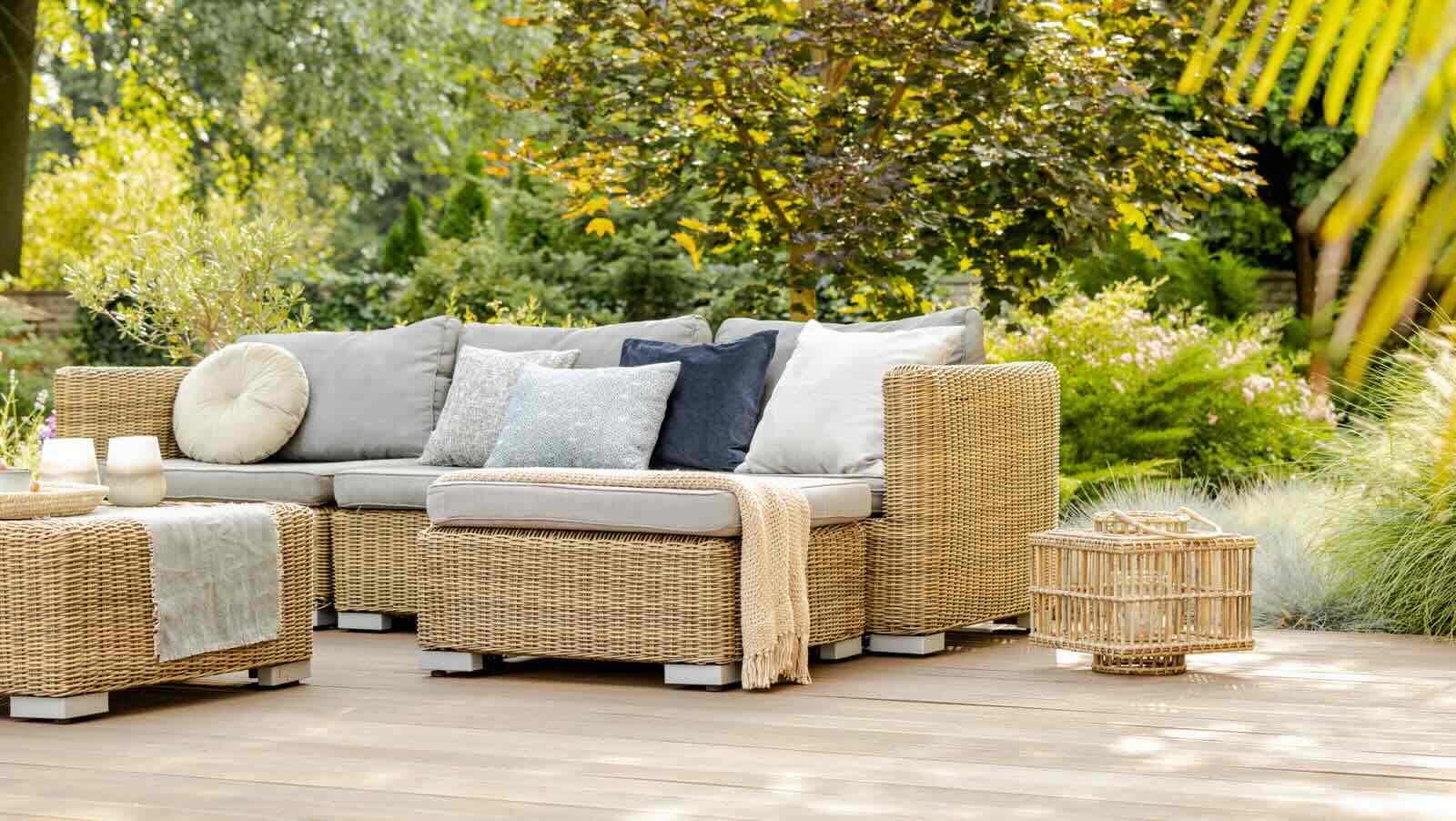
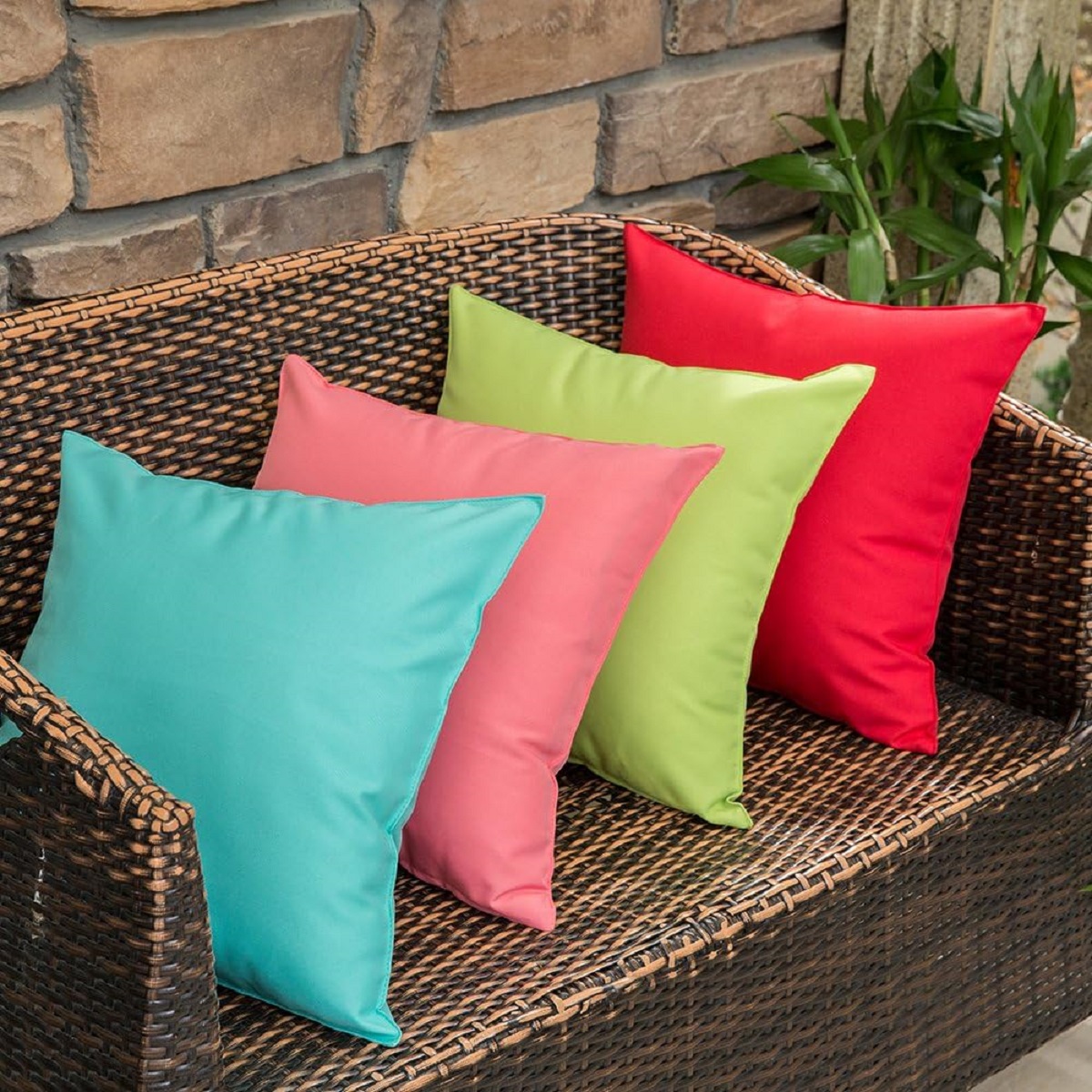
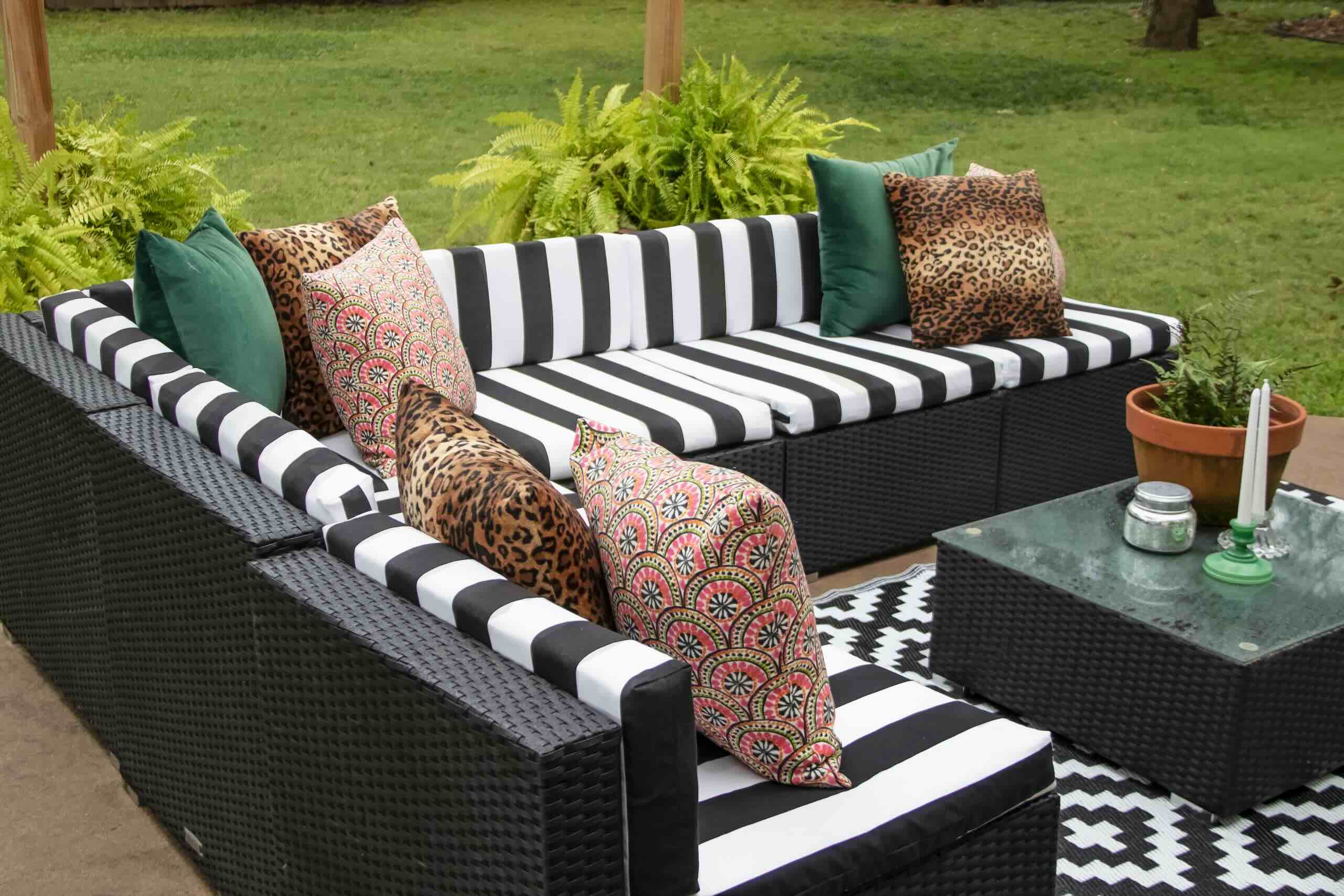
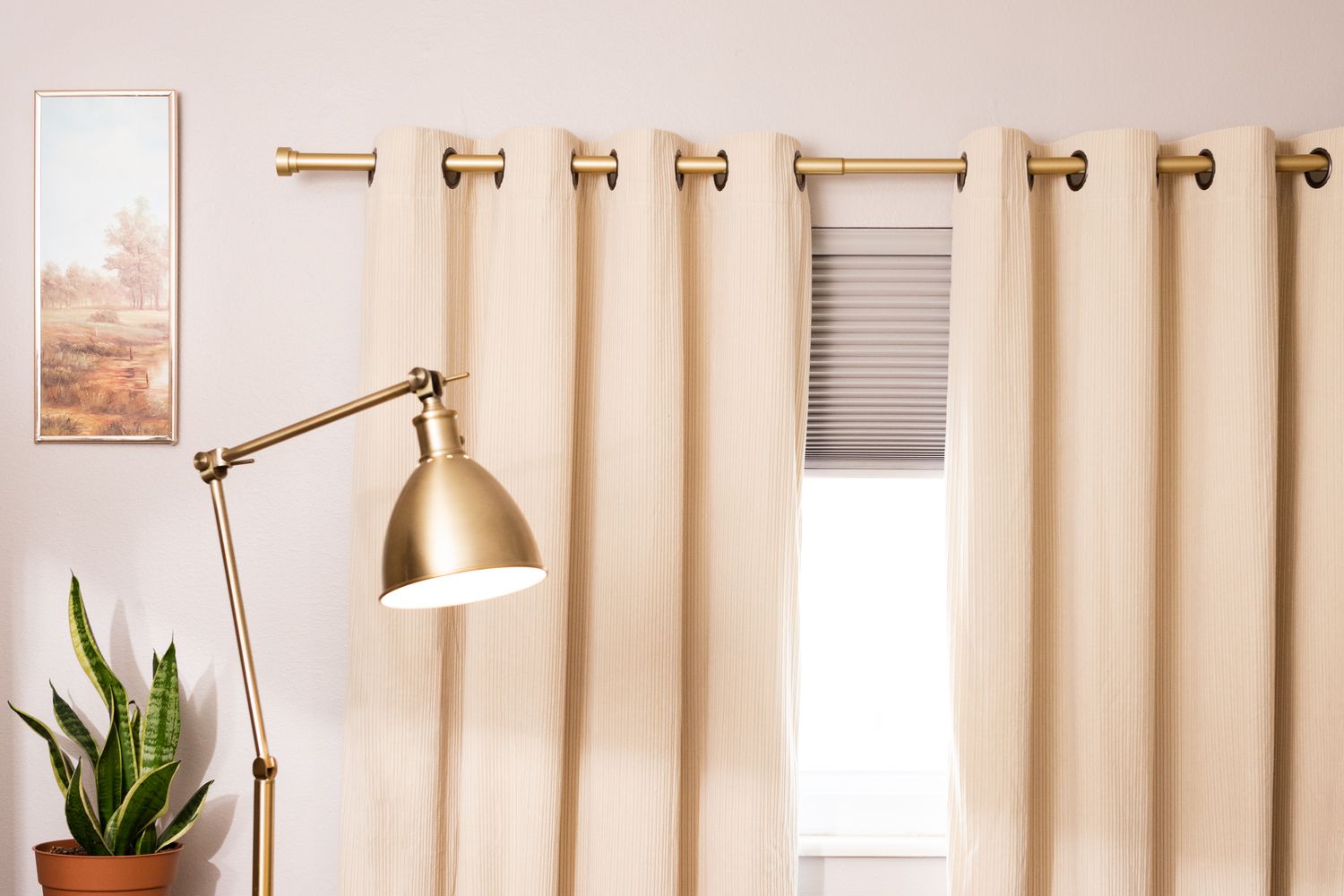
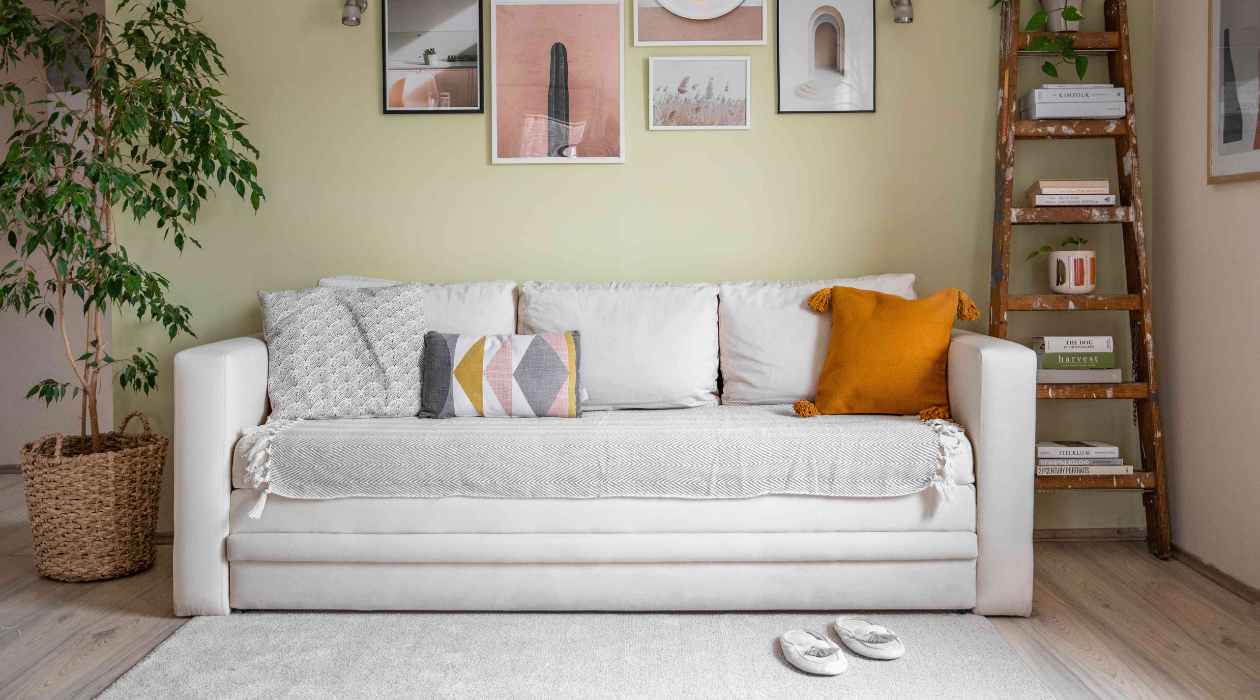
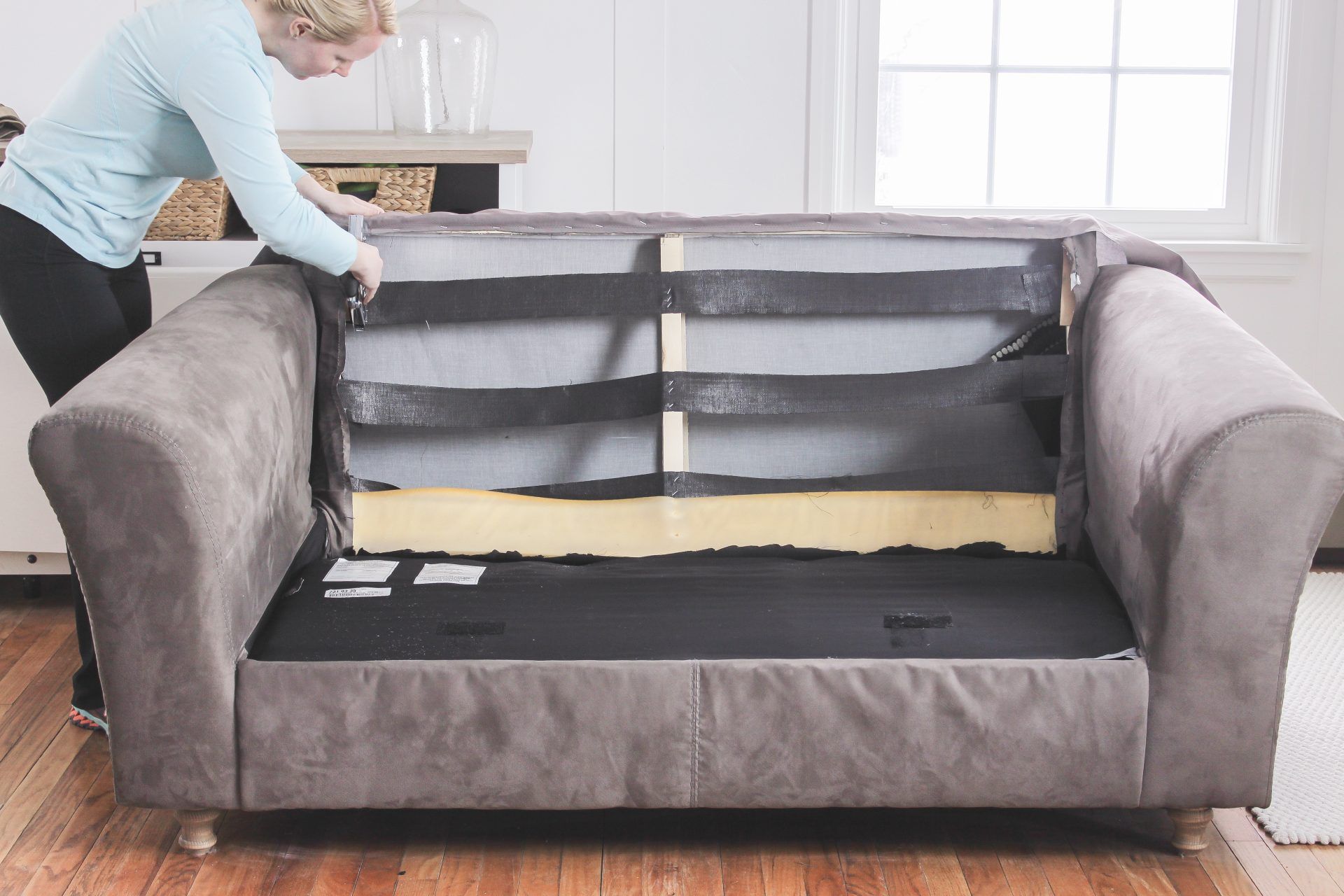
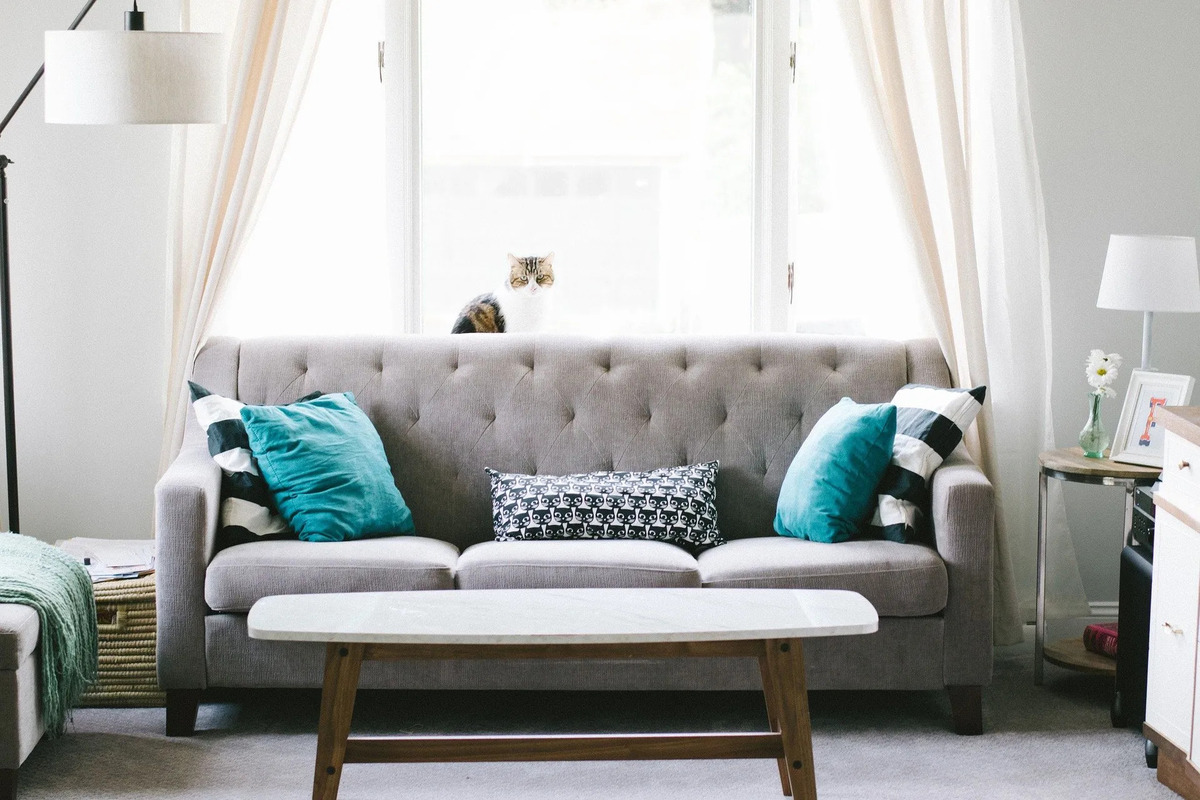
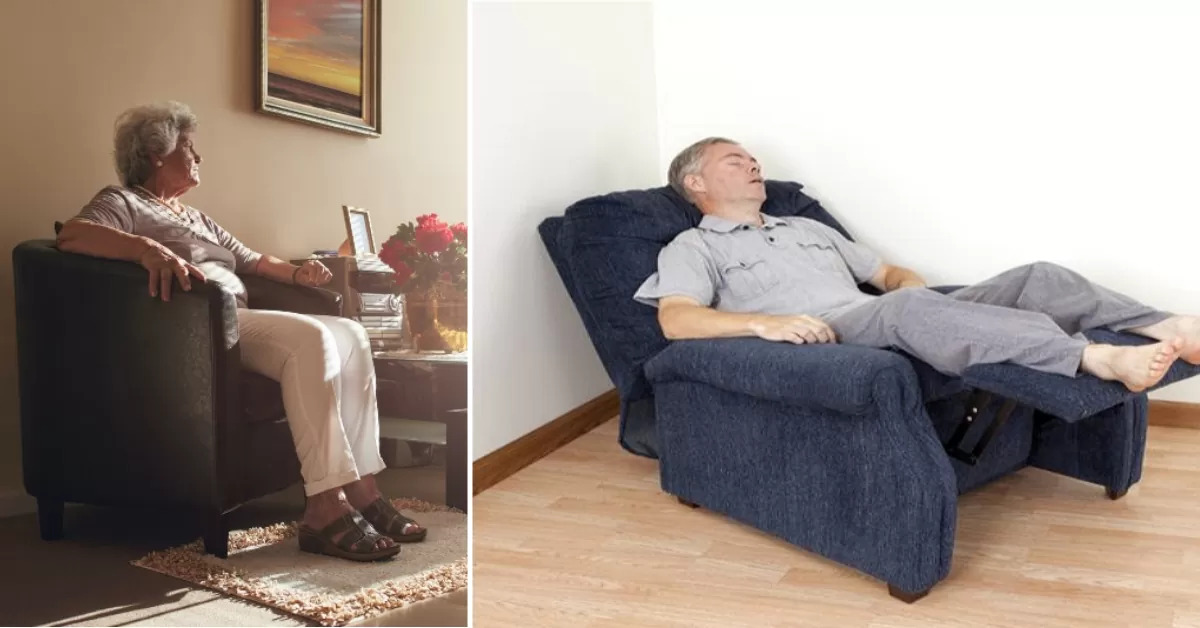
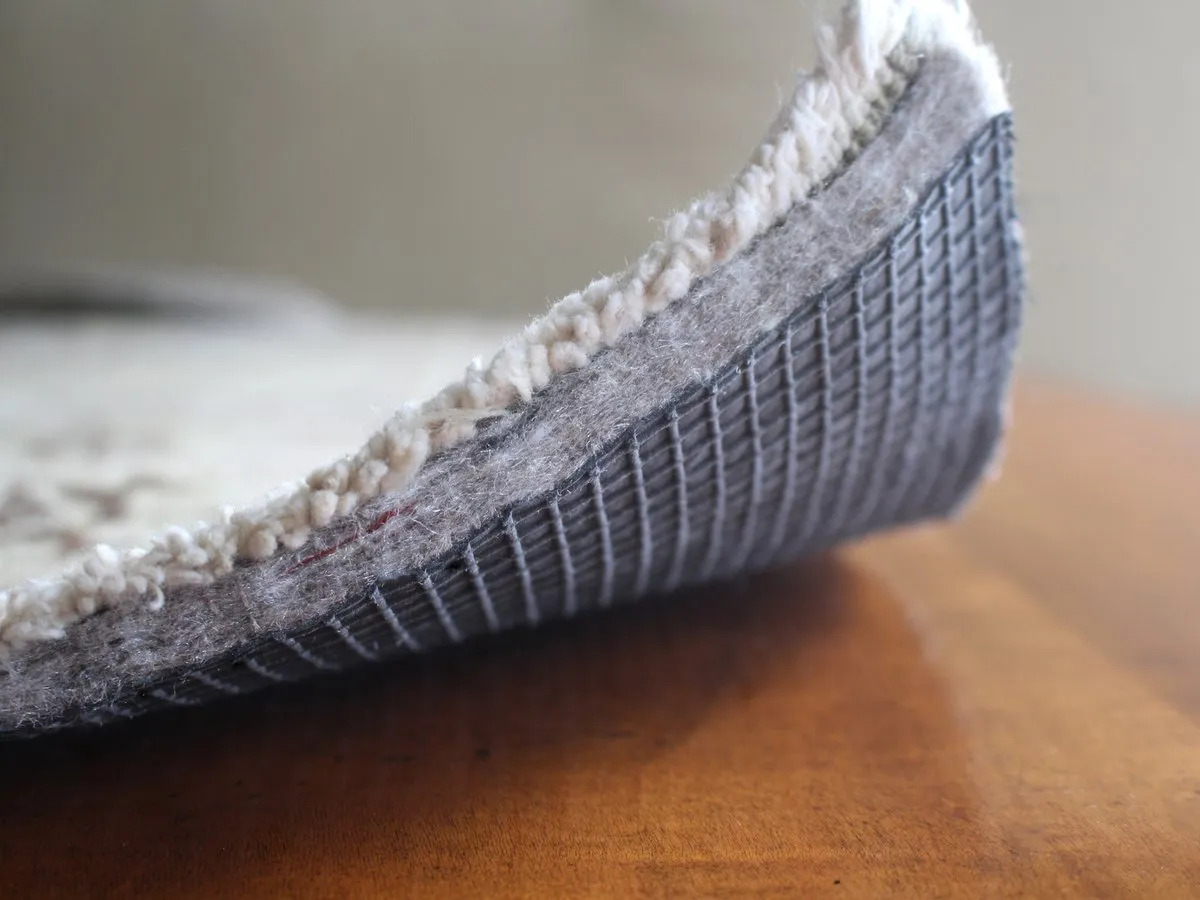

0 thoughts on “How To Keep Cushions From Sliding On Outdoor Furniture”